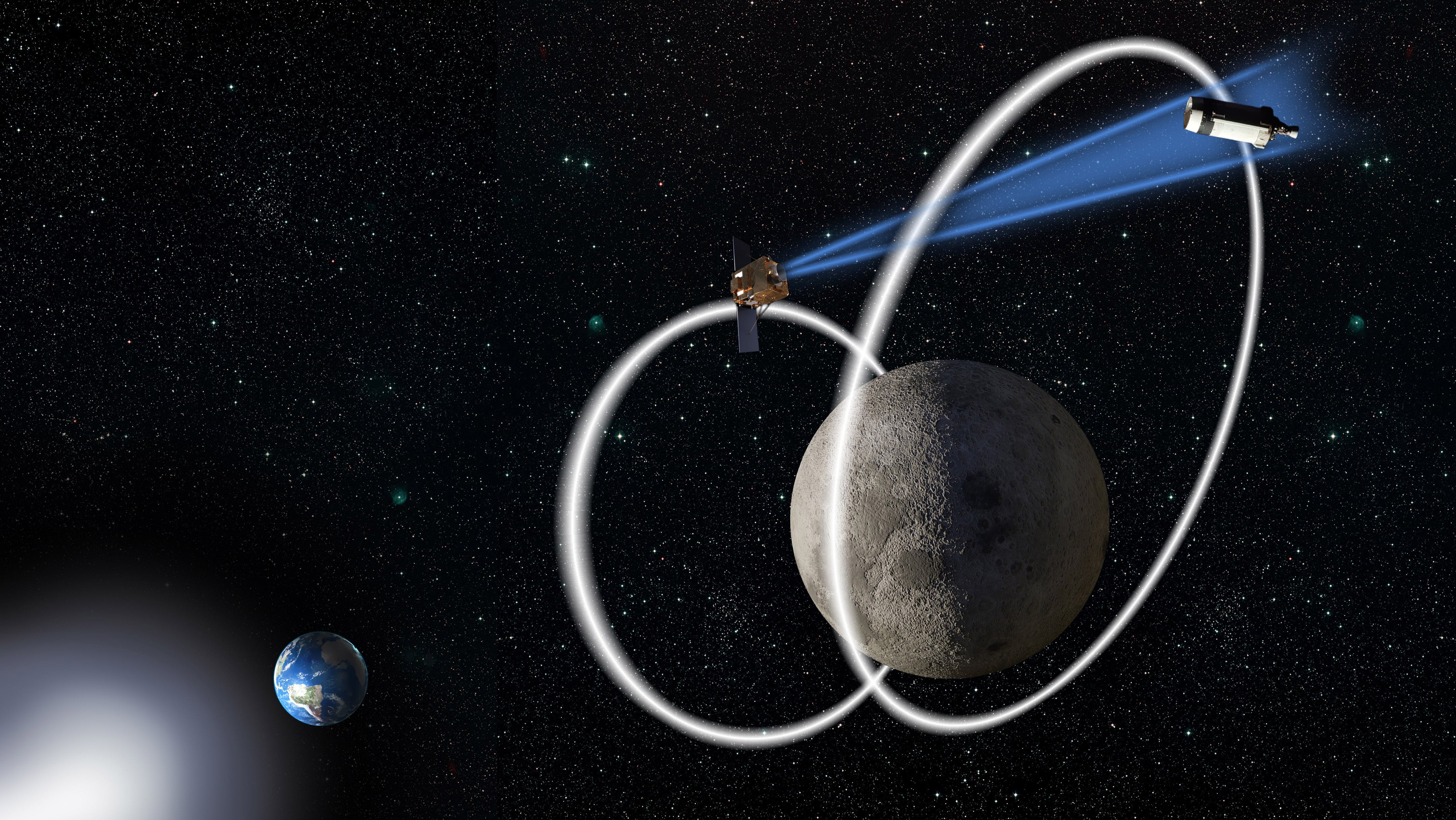WASHINGTON — The Air Force Research Laboratory has awarded Blue Canyon Technologies a $14.6 million contract to build a small satellite that can explore deep space, out beyond where most U.S. Space Force satellites operate.
Blue Canyon Technologies will build and demonstrate a small satellite capable of operating for three years out beyond geosynchronous orbit — 22,236 miles above the Earth’s surface.
The contract reflects the Department of Defense’s increased interest in fielding new satellites capable of exploring what’s going on in cislunar space — a term roughly defined as the area between the Earth and the far reaches of lunar activity (about 272,000 miles out), but is more commonly used to refer to the area between geosynchronous orbit and said lunar activity. A 2020 memorandum between NASA and the Space Force calls for collaboration between the civil and military space organizations in advancing new cislunar situational awareness capabilities.
The Space Development Agency originally planned to field multiple space situational awareness satellites to explore cislunar space. They would have acted as deep space counterparts to the Space Force’s Geosynchronous Space Situational Awareness Program satellites, which patrol geosynchronous orbit and allow operators to get visuals of activity in that region.
While those space vehicles were eventually cut from the SDA’s plans, the Pentagon remains interested in developing a similar capability as it expects increased activity in the area in the coming years. The Defense Advanced Research Projects Agency has selected companies to design nuclear thermal propulsion systems for its Demonstration Rocket for Agile Cislunar Operations, or DRACO, program. The purpose of DRACO is to develop spacecraft capable of rapid maneuver in cislunar space. Meanwhile, Breaking Defense reports the Space Force and AFRL are working together on the Defense Deep Space Sentinel (D2S2), a small satellite with a sensor expected to be launched into cislunar space in 2022.
Under the Nov. 22 contract announcement, Blue Canyon Technologies will build a small satellite bus that can operate in cislunar space while being able to host a broad range of payloads. The bus is part of AFRL’s Space Situational Awareness (SSA) Micro-Satellite Bus (AgileSAT) Program. Work is expected to be completed by early 2023.
This isn’t the Air Force Research Laboratory’s first step into space situational awareness or cislunar activities. In 2020, the organization announced a new experiment called the Cislunar Highway Patrol System, which “will explore concepts for object detection and tracking” between geosynchronous orbit and the moon. According to the announcement, CHPS will look into sensing, navigation and communication technologies as well as algorithms that could support cislunar space situational awareness.
AFRL also operates the Starfire Optical Range at Kirtland Air Force Base, New Mexico, and the Air Force Maui Optical and Super Computing (AMOS) site in Maui, Hawaii, both of which help the Space Force track objects on orbit.
Nathan Strout covers space, unmanned and intelligence systems for C4ISRNET.








